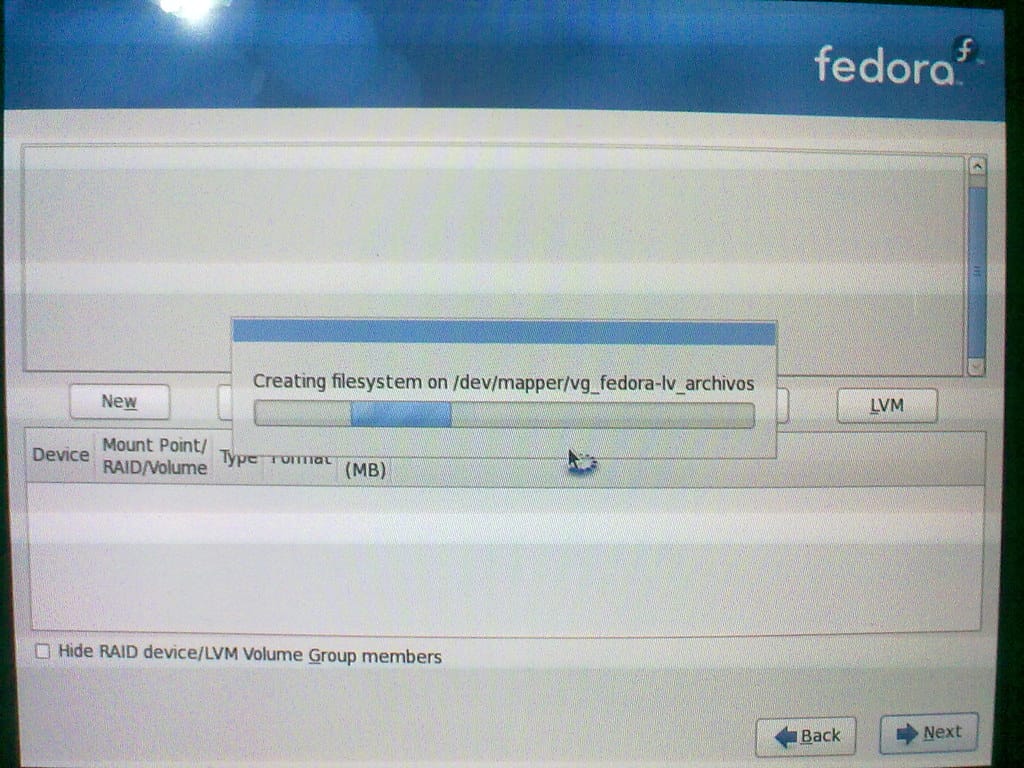Fedora Linux 43 Beta Launches with Major Security Overhauls and Developer-Focused Updates
The Fedora Project has released the beta version of Fedora Linux 43, marking a significant milestone in the distribution's evolution with enhanced security features, streamlined development tools, and performance improvements that could reshape how developers and enterprise users approach Linux computing in 2024.
Revolutionary Security Architecture Takes Center Stage
Fedora 43 Beta introduces groundbreaking security enhancements that position it at the forefront of secure computing. The most notable addition is the implementation of stronger cryptographic standards across the entire system stack, including updated SSL/TLS protocols and enhanced encryption algorithms that meet emerging quantum-resistant security requirements.
The new release features improved SELinux policies that provide more granular control over system resources while maintaining usability. These updates address growing cybersecurity concerns in enterprise environments, where Linux distributions serve as the backbone for critical infrastructure and cloud deployments.
"Security isn't just about adding more layers—it's about intelligent protection that doesn't impede productivity," explains the enhanced approach Fedora 43 takes toward system hardening.
Developer Experience Gets Major Boost
Enhanced Container and Cloud-Native Support
Fedora 43 Beta significantly improves its container ecosystem with updated Podman 5.0 integration and enhanced Kubernetes tooling. The distribution now includes pre-configured development environments for popular frameworks, reducing setup time for developers working on containerized applications.
The beta introduces improved integration with Red Hat's OpenShift platform, making it an even more attractive choice for developers working in hybrid cloud environments. This alignment strengthens Fedora's position as a testing ground for technologies that eventually make their way into Red Hat Enterprise Linux.
Programming Language and Framework Updates
Python 3.12 comes as the default interpreter, bringing performance improvements and new syntax features that developers have been anticipating. The release also includes:
- Updated Node.js LTS with enhanced V8 engine performance
- Go 1.21 with improved garbage collection and compilation speeds
- Rust toolchain updates supporting the latest memory safety features
- Enhanced Java development tools with OpenJDK 21 integration
Performance and Hardware Compatibility Improvements
Next-Generation Hardware Support
Fedora 43 Beta expands hardware compatibility with improved support for Intel's 13th generation processors and AMD's latest Zen 4 architecture. The kernel updates include better power management for mobile devices and enhanced GPU acceleration for both NVIDIA and AMD graphics cards.
The distribution also features improved support for emerging hardware categories, including better touchscreen integration for 2-in-1 devices and enhanced audio processing for content creators using professional audio interfaces.
System Performance Optimizations
Boot times have been reduced by approximately 15% through systemd optimizations and improved service initialization. Memory management has been refined to better handle modern workloads, particularly benefiting users running multiple virtual machines or container instances simultaneously.
Desktop Environment Evolution
GNOME 45 Integration
The beta ships with GNOME 45, featuring a redesigned Settings application and improved accessibility features. The desktop environment now offers better multi-monitor support and enhanced gesture controls for touchpad users.
Wayland continues as the default display server, with improved compatibility for legacy X11 applications. This transition represents Fedora's commitment to modern display technologies while maintaining backward compatibility.
KDE Plasma Alternative
For users preferring KDE, Fedora 43 Beta includes Plasma 5.27 LTS, providing a stable alternative desktop environment with extensive customization options and robust application ecosystem.
Enterprise and Educational Implications
Fedora 43's enhancements make it increasingly suitable for educational institutions and development-focused enterprises. The improved security model addresses compliance requirements, while the enhanced development tools reduce onboarding time for new team members.
The distribution's role as an upstream for Red Hat Enterprise Linux means these features will eventually benefit enterprise users, making Fedora 43 an important preview of future enterprise Linux capabilities.
Looking Ahead: What This Means for the Linux Ecosystem
Fedora 43 Beta represents more than just another distribution update—it showcases the direction of modern Linux development. The emphasis on security, developer productivity, and hardware compatibility reflects broader industry trends toward more secure, efficient computing platforms.
The beta release timeline suggests a final release in late 2024, giving the community ample time to test and refine these features. Early adopters and developers should consider evaluating Fedora 43 Beta to prepare for these upcoming changes and provide valuable feedback to the development community.
For organizations planning their 2025 technology strategies, Fedora 43's innovations offer a glimpse into the future of Linux computing, emphasizing security, performance, and developer experience as key differentiators in an increasingly competitive landscape.
